Reading time: 4 minutes
This article is a little about the Phoenicians in Spain during the Iberian Neolithic period. I hope to shed some light on who and when the stone structures on our abandoned land were built.
Since we bought our abandoned land in Spain, I have been intrigued by the ancient stone structures we have on the property, e.g., the stone well, or the stone house.
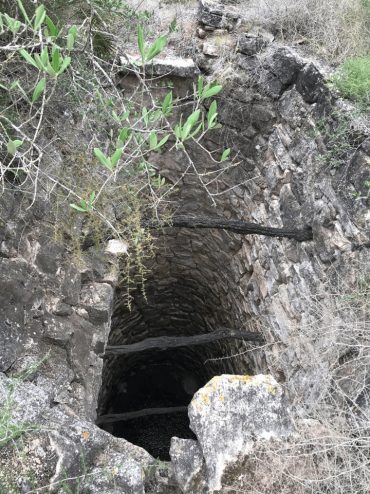
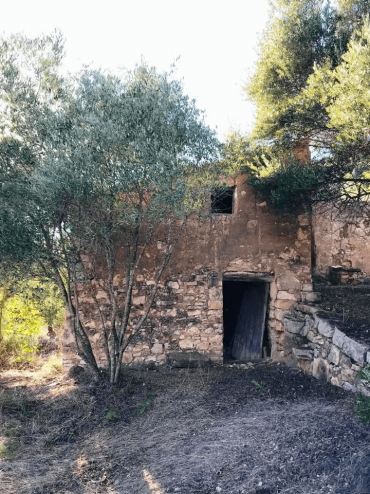
I’ve always wondered: Who and when were they built? Neither the documents nor the neighbors gave me answers, so I started research.
Reseaching the Past
Through research, I discovered that during the Iberian Neolithic period there were some Phoenician settlements, e.g., Empuries or Sa Caleta, which had similar stone structures.
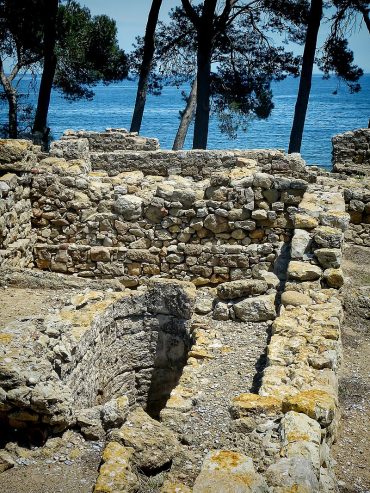
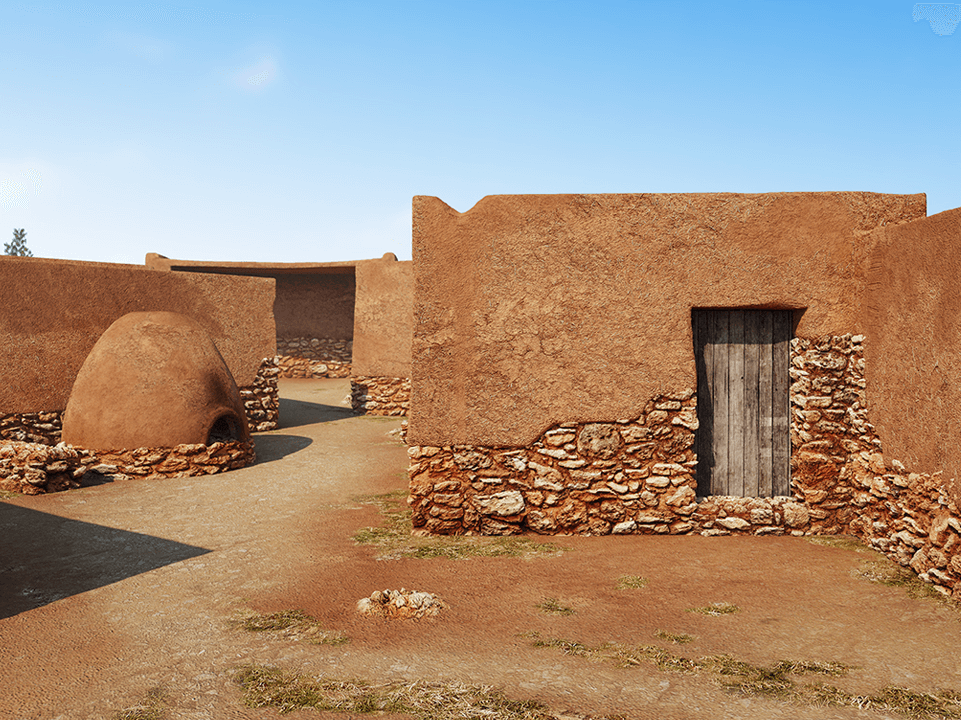
While the similarities are obvious, I’m not saying the Phoenicians settlers or their decendants built them. I’m just trying to find out more about the forgotten past of our abandoned farm in spain.
Who Were the Phoenicians?
Much is said in the history about the Moors or the Roman influence on spanish culture, but these were not the first cultures to have a significant impact on the Iberian peninsula. That honour goes to the Phoenicians.
Surprisingly, history is not always what it seems 🙂
The Phoenicians were a merchant nation in the eastern part of the Mediterranean Sea. Their empire was located in the Levant region, what is now modern Lebanon.
Trading Colonies
The Phoenicians already dominated trade in their region when they proposed the creation of new trading routes and trading colonies throughout the Mediterranean Sea (1100 – 600 BCE).
Furthermore, it was the Phoenicians, with their modern construction and agricultural techniques, who founded many coastal cities in the Mediterranean Sea, e.g., Sicily, Africa, Iberia and Portugal.
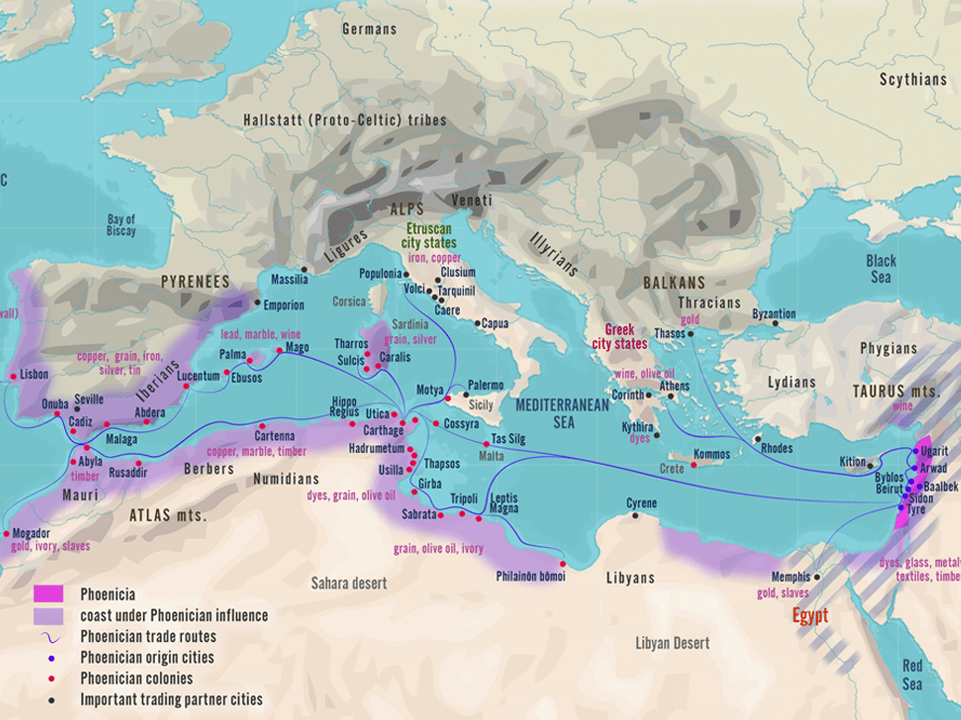
The Carthaginians
Over time, these coastal cities became successful trading colonies, and the power was eventually transferred from the Levant region to Carthage, what is now modern Tunisia.
The Carthaginians were descendants of the first Phoenician settlers, who dominated the Mediterranean in the era before the Moors or Romans.
They inherited the Iberian Peninsula or Hispania (this is how Spain was known) and later fought many of their wars against the emerging Roman Empire on Spanish soil.
Iberian Neolithic Period
The Phoenicians were also known for their Phoenician alphabet, one of the earliest in the world. This have revolutionized communication and record-keeping in Iberian Neolithic Period.
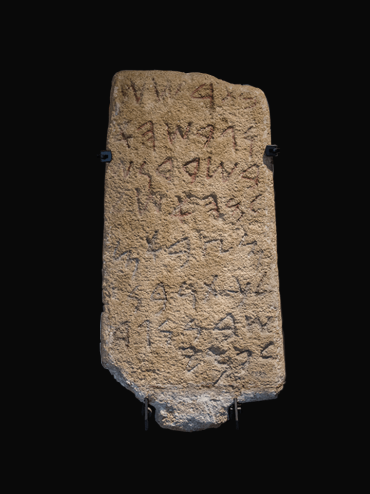
Religion and mythology were integral parts of Phoenicians culture. Their pantheon of gods, led by the supreme god Baal, have mixed with the local belief systems, leading to a unique syncretism of religious practices.

Excavations
Excavations confirm that the Phoenicians settled in south Spain after 800 BCE, shortly after the traditional founding of their greatest trading colony, Carthage.
Phoenician Settlements in Spain
Now that you understand more about the Phoenicians, I want to clarify where my suspicion comes from regarding who and when the ancient stone structures were built on our abandoned land.
The Phoenicians established numerous settlements in Spain. These settlements were vibrant communities that played a crucial role in the Phoenician life during the Iberian Neolithic period.

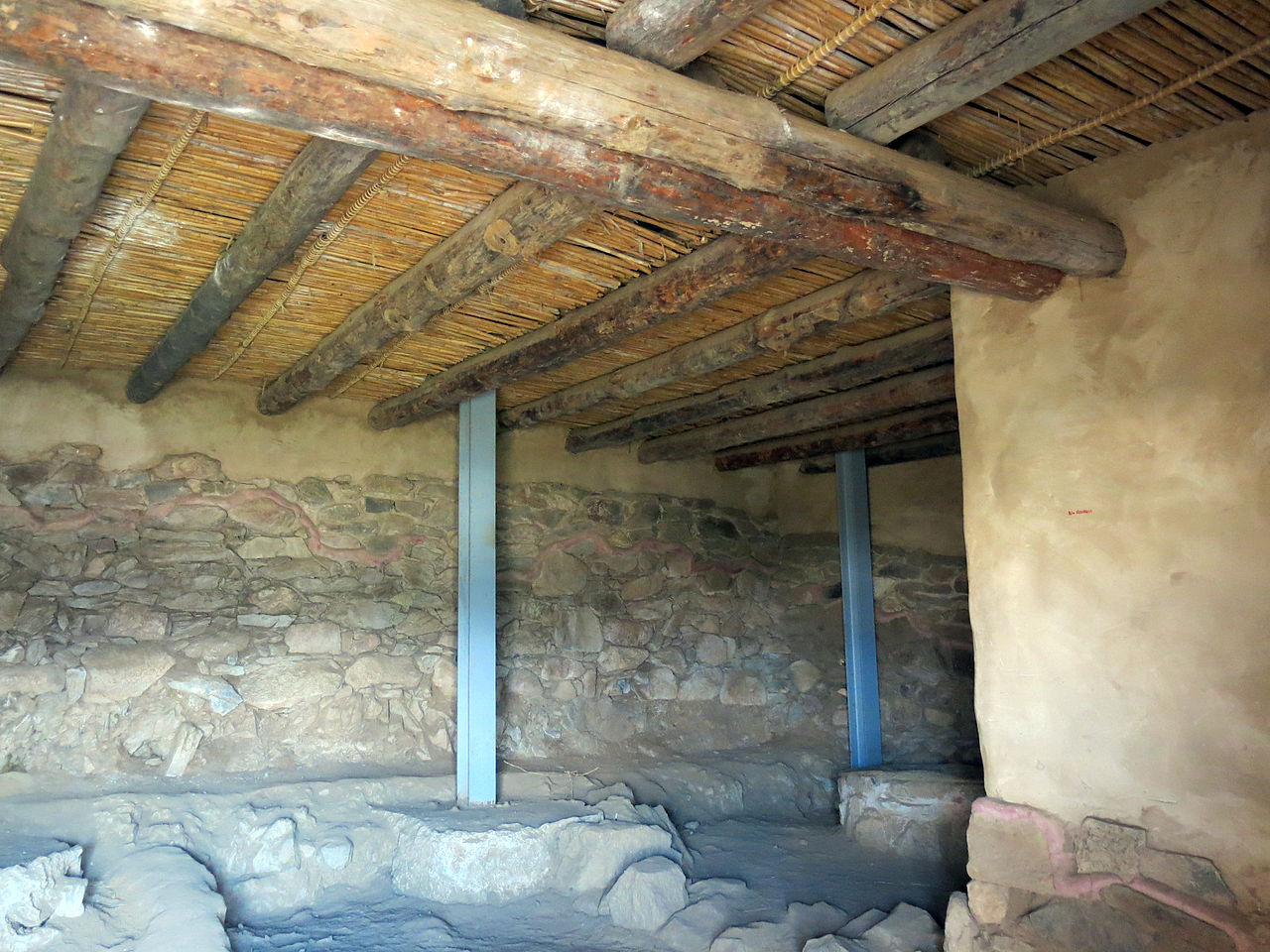
The similarities between the stone structures in some of these Phoencian settlements, e.g., Empuries, Sa Catela or Puig Castellar and the stone structures of the our abandoned farm in Spain are obvious.
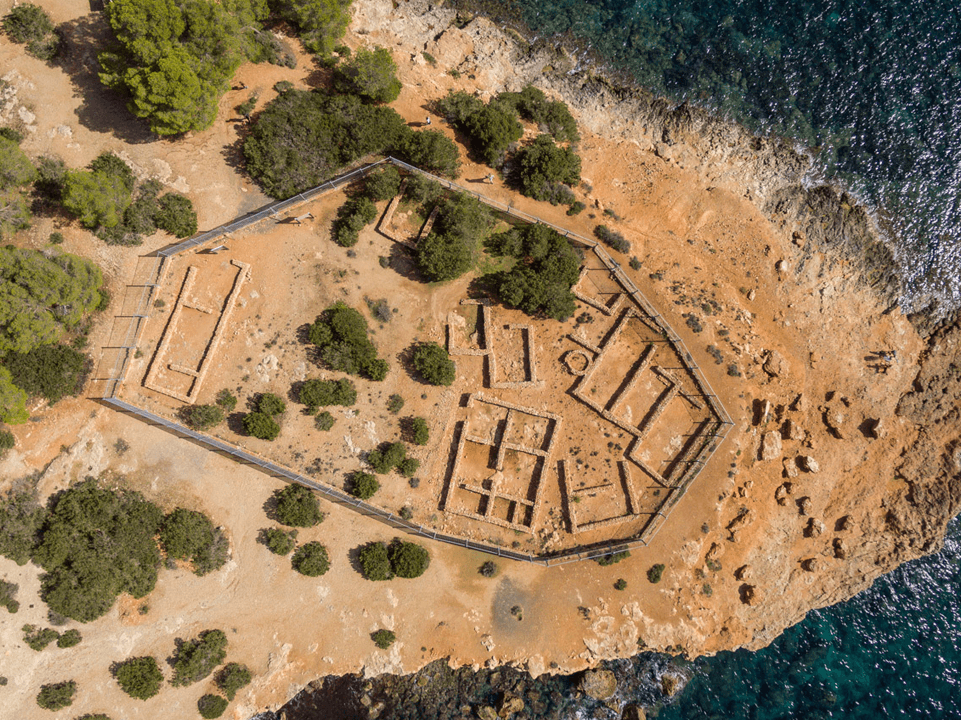
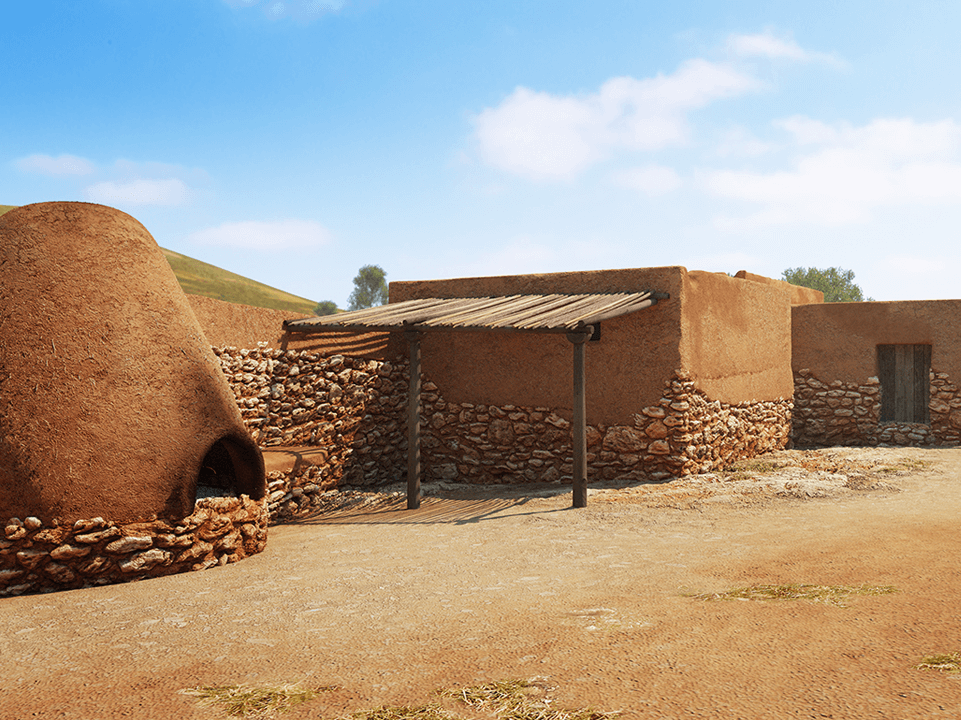
Unfortunately, the gap between these Phoenician settlements and the present day is more than 2,600 years. Only ruins remain.
Although the similarities between these ruins and those of our abandoned land in Spain are obvious, I still can’t connect them.
Conclusion
The Phoenicians left a lasting legacy. Their settlements became important trading colonies and cultural exchange cities, contributing to economic development and cultural diversity.
The Phoenicians influence can still be seen today, not only in the construction or agriculture, but also in the rich heritage that Spain has.
That’s it for this article. Did you like it?
Leave your comment or suggestion below. I love responding to all comments and I always do it personally.
Talk to you soon 🙂
P.S. If you would like to help us build our dream home, you can do it here. Or if you would like to help us continue recording videos, you can do it here. Either way, your support is very much appreciated.

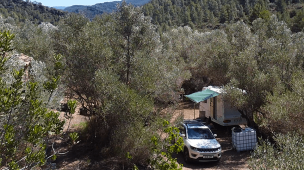
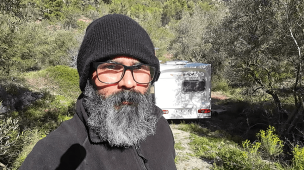
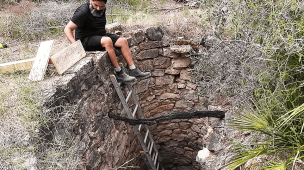
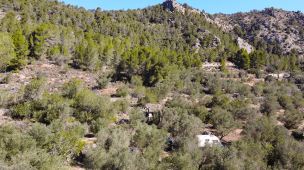
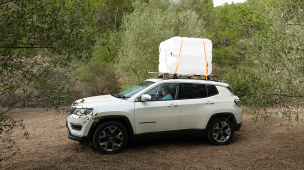
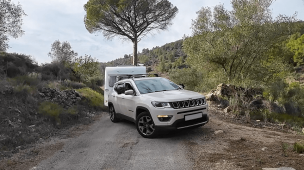
Permalink
That is a very interesting article. Neve though the phoenicians done so much good for Spain.
Permalink
Hello David. Appreciate your comment. Thank you for the visit 🙂
Permalink
The similarities between the well and the stone house are striking. Very interesting article indeed 🙂
Permalink
Hello Markus. Appreciate your comment. Thank you for the visit 🙂
Permalink
Hi Ricardo. That’s very interesting. The similarities between the structure of your abandoned farm in Spain and those of the Phoenician settlements are incredible. Thank you!
Permalink
Hi Michael. Yes, the structures are very similar. I am still doing research to find a plausible connection between the Phoenician structures and the structures on our Finca. Thanks for your comment.